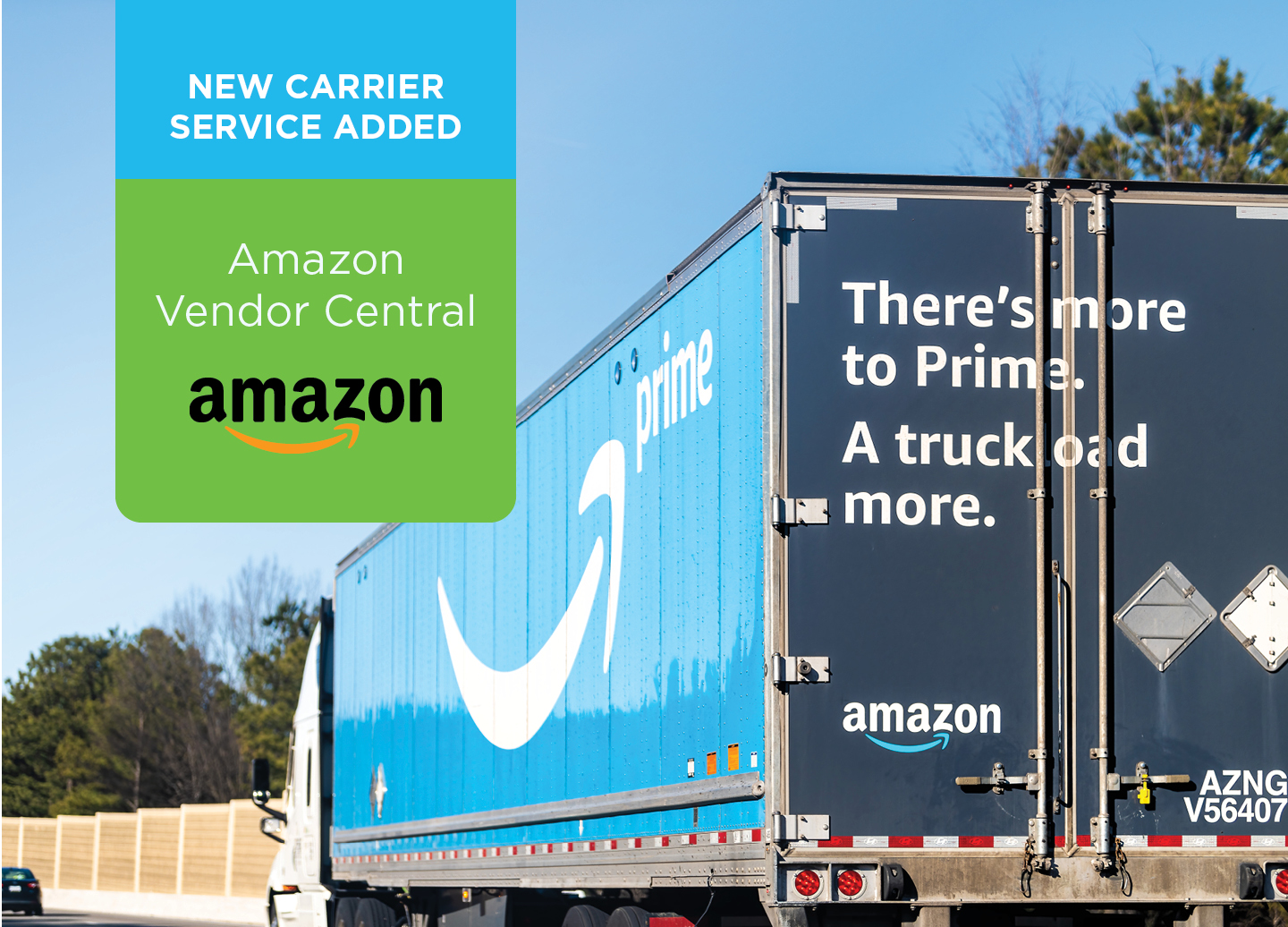Applying business rule logic to your parcel shipping environment is vital.
Every shipper can agree that the past year has seen a dramatic shift in buying habits from more traditional retailers to online sales, with the pandemic and safety concerns pushing consumers to shop online. Delivery time has become more critical for shippers as consumers are following the shipping journey of a package. They are recognizing the idea of on-time shipping, or when a retailer says a package has left their warehouse, distribution center, or store shelf, and how it compares to on-time delivery, or when the package is actually delivered to the customer.
As this shift in customer expectations has progressed, shippers’ enterprise software stacks (ESS) have had to adapt with them. Specifically, the shipping software in the stack has had to change to allow for the inclusion of new carriers and new tracking feeds. New carriers have been added; new tracking feeds are being pulled; many pre-existing business rules have had to be changed.
Understanding Parcel Shipping Business Rules
How easy these changes are to make in shipping software relies almost exclusively on the mix of business rule types. As e-commerce grows and the fulfillment process continues to become more complex, brands need to design and set up business rules to be configurable and easily changed by the business as their needs change. There are two major types of business rules (algorithmic and prescriptive) that will allow retailers to control the options for delivery, enhancing the customer experience and relaying cost savings to the retailer.
[View] Hot Tips for Cutting Parcel Shipping Costs During Peak
Understanding the difference between algorithmic and prescriptive business rules facilitates the selection of the right technology for your specific shipping logic. Prescriptive business rules are very fast to execute. They are typically conditional, usually represented by true or false. These types of rules are not easily adaptable and require a software engineer to revise as your business scales and the shipping environment changes.
Algorithmic business rules are, by definition, built to be configurable by new data. They will simply adjust to new information with automated decision-making. They are rules that, when given an input, simply return an output. If that input were to change, the output would change as well. They may execute a bit slower but provide greater flexibility in the long run without having to engage a software engineer as often.
[Listen] ProShip ParcelCast Episode 13: Idiot-Proof Business Intelligence Solutions
Building Better Parcel Shipping Business Rules
Think about these rules like the classic story of “The Three Little Pigs.” Building your house out of sticks alone is like building your shipping software system out of prescriptive business rules alone. We can equate the big bad wolf to any of the issues from the past year: capacity constraints, cost control, and peak surcharges to name a few. These struggles felt by shippers across the industry can literally blow your house, or shipping software system, down.
On the flip side, build your house of bricks, or just algorithmic business rules, and your house will stand — but think about how long it took to build that house. And what happens if you need to move your house? Say your house is in danger of a tsunami (of new orders) and you need to add a new carrier? How easy will it be to pack up that house of bricks?
Applying Business Rule Logic
When used effectively, business rules can simplify the system update process, which is necessary as the parcel shipping landscape changes. To understand the importance of these rules, let’s look at something many of us have had to do in the past year: Add a regional carrier.
With prescriptive business rules, you may have stated that all packages less than one pound must ship Priority Mail. However, with the addition of a new regional carrier, maybe you want to rate shop your shipments. Rate shop groups are part of an algorithmic business rule set. By having your business rules state that you want to rate shop all packages, you can add the new service(s) to the target rate shop group and let the system automate the decision. Using our analogy from above, you can see how a hybrid house built with a brick base and stick walls would be akin to building business logic with a hybrid set of prescriptive and algorithmic business rules.
Business Rules in the Future
The past year serves as a warning that we don’t know what the future will hold. The key measure is to have a shipping system in place that has the flexibility and agility to adapt to whatever may come. “Fast/reliable delivery” was the most important online shopping attribute among the consumers in the PwC’s June 2021 Global Consumer Insights Pulse Survey. What can be derived is that delivery services will only become more important and influential across e-commerce.
Now that consumers have grown accustomed to same-day delivery service, customer expectations for delivery options will only increase and rise in demand. Intelligently applying business rule types today can ease the onboarding of such functionality in the future. When these rules are strategically built cooperatively, you can create a strong yet flexible shipping system that can withstand any big bad wolf looking to blow your house in.
A version of this article originally appeared on pages 38-39 in the September/October issue of PARCEL magazine.


 Back to Blog
Back to Blog






